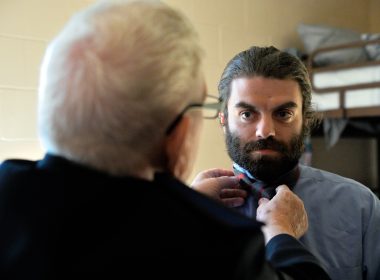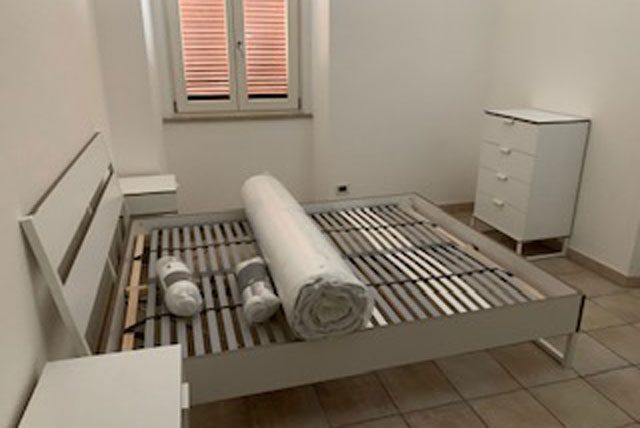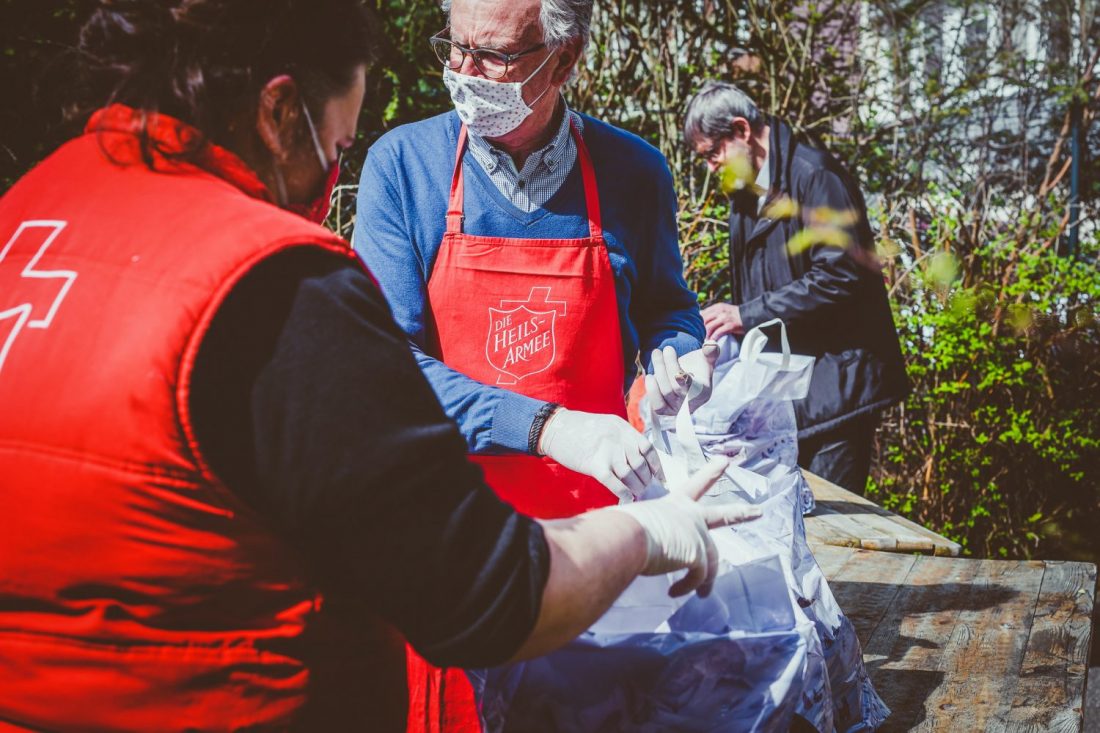
Gallery 101, the exhibition area next to the public cafe at The Salvation Army International Headquarters (IHQ) in London, was transformed into an artist’s workspace for a week.
Güler Ates, artist and lecturer at the Royal Academy, is working on a new composition for a London-wide art project that will take place throughout Lent. The project is based around the 14 traditional Stations of the Cross, each of which represents a different stage of Jesus’ journey through Jerusalem to Calvary.

Project organizers chose IHQ to host station 10, where Jesus is stripped of his garments. Other iconic venues participating include: St Paul’s Cathedral, the Tower of London and the National Gallery. The exhibition seeks to tell the story of the Passion through “a pilgrimage for art lovers,” using existing masterpieces and—as is the case at IHQ—new commissions.
The piece under construction by Ates uses children’s clothes to form a huge patchwork. She said she was particularly inspired by the well-reported drowning of a 3-year-old Syrian refugee, Aylan Kurdi, in the Mediterranean, and is seeking to provide a link between the suffering of Christ on his way to the cross and the plight of refugees today. The IHQ location is particularly appropriate because of the assistance provided by The Salvation Army to refugees and other forgotten people around the world. Having suffered displacement from eastern Turkey herself, Güler said she feels an acute empathy for refugees, and is creating this work with the assistance of women from local refugee groups.

Ates is best known for her photographs of mysterious figures in shimmering, diaphanous veils, drifting through opulent spaces. In the work under construction at IHQ, fabric takes a different form, drawn from donated and discarded children’s and baby clothes. These cast-off clothes offer a haunting reminder of children who have died—sometimes in their mother’s arms—in journeys to escape conflict. She seeks to inspire the onlooker to return to a question that emanates throughout her work: can we ever really know the person in front of us? Can we know their pain? Even when Jesus stood naked, stripped of his garments, who among the jeering crowds really knew what he felt?
The completed work will be on display at IHQ throughout Lent, from Feb. 10 to March 28.
Find more about the project at coexisthouse.org.uk/stations2016.












